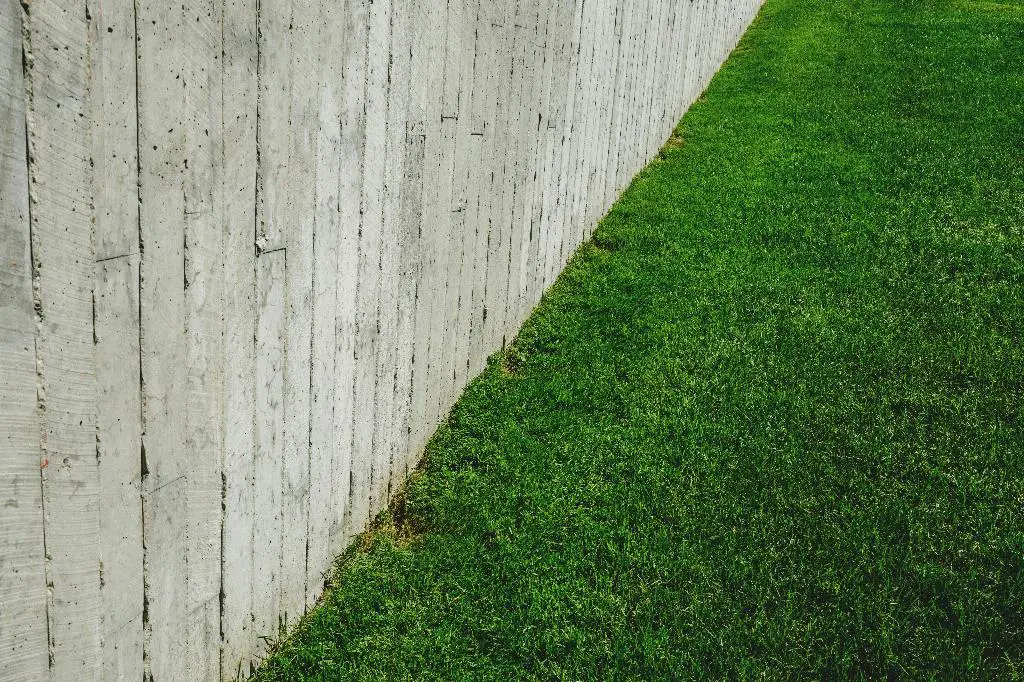Before applying any weed and feed product to your lawn, it’s crucial to prepare the area properly. Start by mowing your lawn about 3-4 days before you plan to apply the treatment. This will ensure that the grass is at an optimal height for the product to reach the weeds effectively.
Proper Watering Techniques
After mowing, lightly water your lawn to dampen the leaves. This will help the weed killer or weed and feed product adhere better to the weeds, ensuring maximum effectiveness. Avoid overwatering, as this can dilute the treatment and reduce its efficacy.
Choosing the Right Application Method
When it comes to applying weed and feed products, using the correct method is key. For optimal coverage, consider using either a drop spreader or a broadcast spreader. These tools will help distribute the product evenly across your lawn, targeting the weeds effectively.
Following Application Instructions
Be sure to read and follow the instructions provided on the weed and feed product carefully. These guidelines will outline the proper application rate, timing, and any specific instructions for your particular lawn type. Following these instructions will help you achieve the best results.
Timing Is Everything
It’s essential to apply weed and feed products at the right time for optimal effectiveness. Typically, spring and fall are the best times to apply these treatments, as weeds are most active during these seasons. Avoid applying weed and feed during extreme heat or drought conditions.
Post-Application Care
After applying the weed and feed product, give your lawn some time to absorb the treatment. Avoid mowing for a few days to allow the product to work its magic. Keep an eye on your lawn for any signs of improvement or areas that may require reapplication.
Maintaining a Healthy Lawn
While weed and feed products can help control weeds, it’s essential to maintain a healthy lawn to prevent future weed growth. Proper watering, fertilizing, and regular mowing are key components of a healthy lawn care routine.
Dealing with Stubborn Weeds
If you notice stubborn weeds persisting after applying weed and feed products, consider spot treating these areas with a targeted weed killer. Look for products specifically formulated to target the weed species you’re dealing with for best results.
Seeking Professional Help
If you’re unsure about the best approach to weed and feed your lawn or if you’re dealing with a severe weed infestation, consider seeking help from a lawn care professional. They can assess your lawn’s condition and recommend the most appropriate treatment plan.
Using Natural Alternatives
If you prefer to avoid chemical weed and feed products, consider using natural alternatives such as organic herbicides or homemade weed control solutions. These options can help control weeds while minimizing the use of synthetic chemicals in your lawn.
Regular Monitoring and Maintenance
After treating your lawn with weed and feed products, it’s crucial to monitor its progress and address any emerging weed issues promptly. Regular maintenance, including proper watering, mowing, and fertilization, will help keep your lawn healthy and weed-free in the long run.

Final Thoughts
Overall, weeding and feeding your lawn requires careful preparation, proper application, and ongoing maintenance. By following these steps and staying proactive in your lawn care routine, you can achieve a lush, healthy lawn that’s free of pesky weeds.
